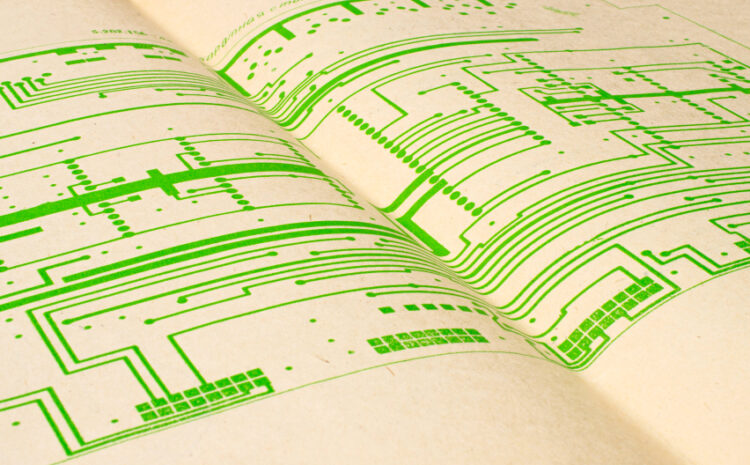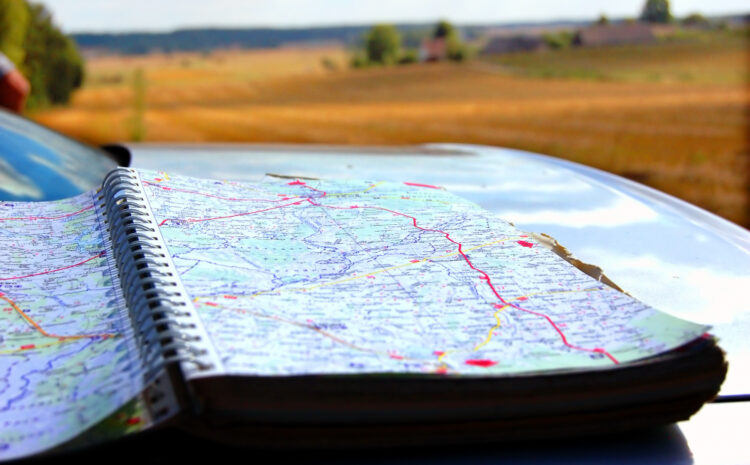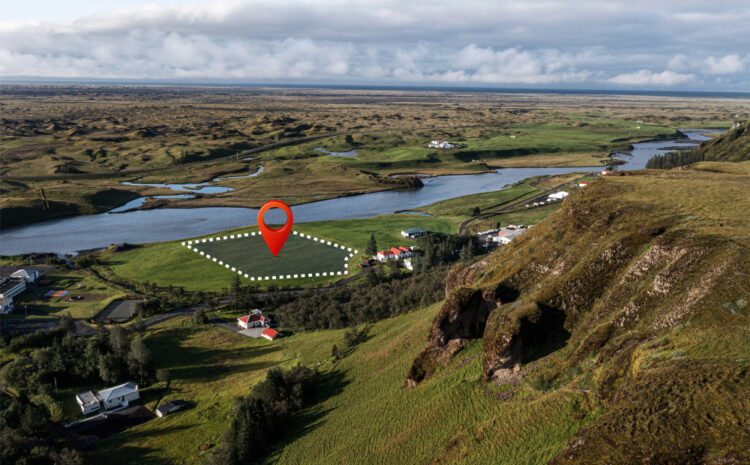ArcPy for GIS Workflows: Automating Geospatial Analysis ArcPy is Esri’s Python site package that provides a comprehensive programming interface for geographic information system (GIS) analysis and data management. As the primary scripting language for ArcGIS Desktop and ArcGIS Pro, ArcPy…
Buffer Analysis in QGIS What is Buffer Analysis? Buffer analysis is one of the most fundamental spatial analysis techniques in Geographic Information Systems (GIS). A buffer creates a zone of specified distance around geographic features such as points, lines, or…
How to Do Spatial Join in QGIS – Complete Guide What is a Spatial Join? A spatial join is a fundamental GIS operation that combines attributes from two datasets based on their spatial relationship rather than a common field. In…
QGIS Network Analysis: Complete Step-by-Step Guide Network analysis in QGIS allows you to perform spatial analysis on connected linear features such as roads, rivers, utility networks, and transportation systems. This comprehensive guide will walk you through the entire process of…
Terrain Analysis Using Digital Elevation Models (DEM) in QGIS Terrain analysis is a fundamental component of geographic information systems (GIS) that involves the quantitative study of Earth’s surface features. By utilizing Digital Elevation Models (DEMs), researchers, planners, and analysts can…
Calculating Area and Perimeter in QGIS QGIS (Quantum Geographic Information System) provides powerful tools for calculating geometric properties of spatial features, including area and perimeter measurements. Whether you’re working with land parcels, administrative boundaries, or natural features, accurate area and…
Reprojecting Raster Data in QGIS Raster reprojection is a fundamental GIS operation that transforms raster data from one coordinate reference system (CRS) to another. In QGIS, this process is essential when working with datasets from different sources, ensuring spatial accuracy,…
Mosaicking Rasters in QGIS What is Raster Mosaicking? Raster mosaicking is the process of combining multiple adjacent or overlapping raster datasets into a single, seamless raster image. This technique is essential when working with satellite imagery, aerial photographs, or any…
Downloading Sentinel Imagery Directly into QGIS Sentinel satellites, part of the European Space Agency’s Copernicus program, provide free, high-quality Earth observation data. This comprehensive guide will show you multiple methods to download Sentinel imagery directly into QGIS, from beginner-friendly approaches…
How to Classify Satellite Imagery in QGIS Satellite imagery classification is a fundamental technique in remote sensing that allows you to categorize pixels in satellite images into meaningful land cover classes such as water, vegetation, urban areas, and bare soil.…










